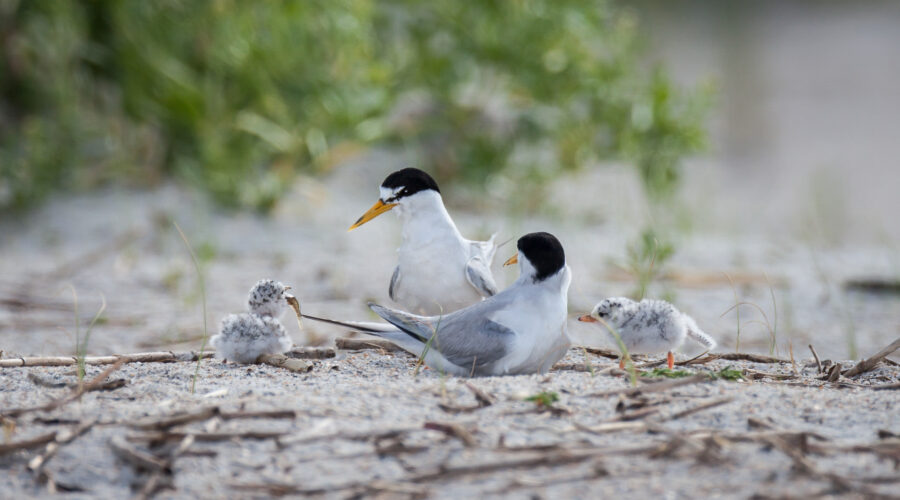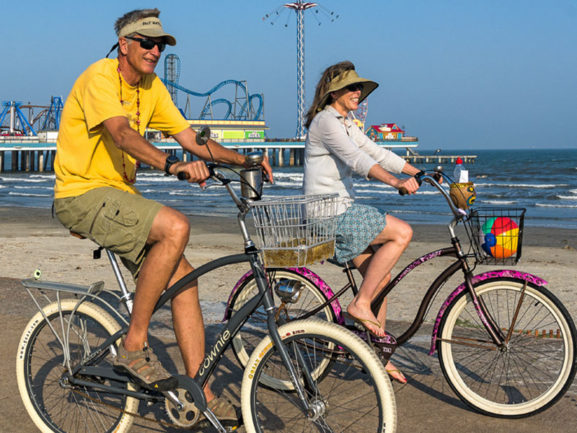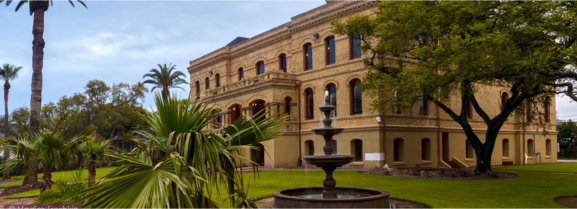Discover The Treasures of the Upper Texas Coast this Summer — Share the Shore with Birds and Other Wildlife!
Photo credit: Ethan Slattery/Audubon Photography Awards
This summer, discover the beauty and natural treasures of the Upper Texas Gulf Coast. Despite major industrial development in the area, this coastal region comprises critical central flyaway areas for migratory birds, and is home to rich biodiversity and unique habitats. Beaches, bays, marshes, prairies, and forests abound! The Upper Texas Coast provides countless opportunities for kayaking, camping, fishing and exploring—and, of course, birding. The region is home to a large population of colonial waterbirds and five sea turtle species. If you plan to visit the area this summer to experience the biodiversity and birding yourself, here are some top birding spots, courtesy of Explore Lone Star Coastal:
Birding Spots in Jefferson County
- Cattail Marsh Wetlands and Boardwalk
- Sea Rim State Park
- McFaddin National Wildlife Refuge
- Anahuac National Wildlife Refuge
- Sabine Woods
Birding Spots in Galveston County
Birding Spots in Brazoria County
Birding Spots in Matagorda County
“As we explore and enjoy the Upper Texas Gulf Coast, it is important to remember that birds need beaches, too! Good stewards Share the Shore.”
Audubon Texas
As we explore and enjoy the Upper Texas Gulf Coast, it is important to remember that birds need beaches, too! Good stewards Share the Shore. Coastal regions play a vital role for many species of birds who nest and raise their chicks and others who rely on the rich food sources offered by the Texas shores.
Across the country, Audubon’s Coastal Bird Stewardship Program engages local communities to protect beach-nesting birds from predators and disturbance, such as dogs or humans. Due to compounding threats like sea-level rise and habitat loss, coastal birds are facing a crisis—seabirds around the world have decreased by 70 percent since 1950, and shorebirds in North America alone have seen an even steeper decline since 1973. Here are a few easy steps we can as good shore stewards:
- Provide nesting birds at least 100 feet of distance where space allows.
- Respect fences and signs, avoiding areas roped off for breeding shorebirds.
- If pets are permitted on beaches, keep them leashed and away from birds.
- Remove trash and food scraps, which attract predators that might eat birds’ eggs and/or chicks.
- Do not drive on beach dunes or other nesting areas.
“A little care goes a long way. Texans and visitors to our state love the beach—and so do birds. With nesting season around the corner, it’s time to help our coastal birds by giving them the space they need to nest and raise their chicks.”
Lisa Gonzalez, Vice President and Executive Director of Audubon Texas, the state office of the National Audubon Society
Enjoy the allure the Upper Texas Gulf Coast and explore all the wonders of this region. Let’s keep these treasure for decades to come by being good beach stewards for the communities, people, and wildlife! Learn more about activities along the coast in Explore Lone Star Coastal’s beta Trip Adventure, launching for summer.
This blog was written in conjunction with Audubon Texas and Explore Lone Star Coastal.
About Lone Star Coastal Alliance
The Lone Star Coastal Alliance is a 501(c)3 created to preserve and promote the upper Texas Gulf Coast region in a manner that enhances coastal resilience while fostering economic development focused on conservation and tourism, elevating the unique natural, cultural, and historical assets of the region and benefitting quality of life within the communities.



